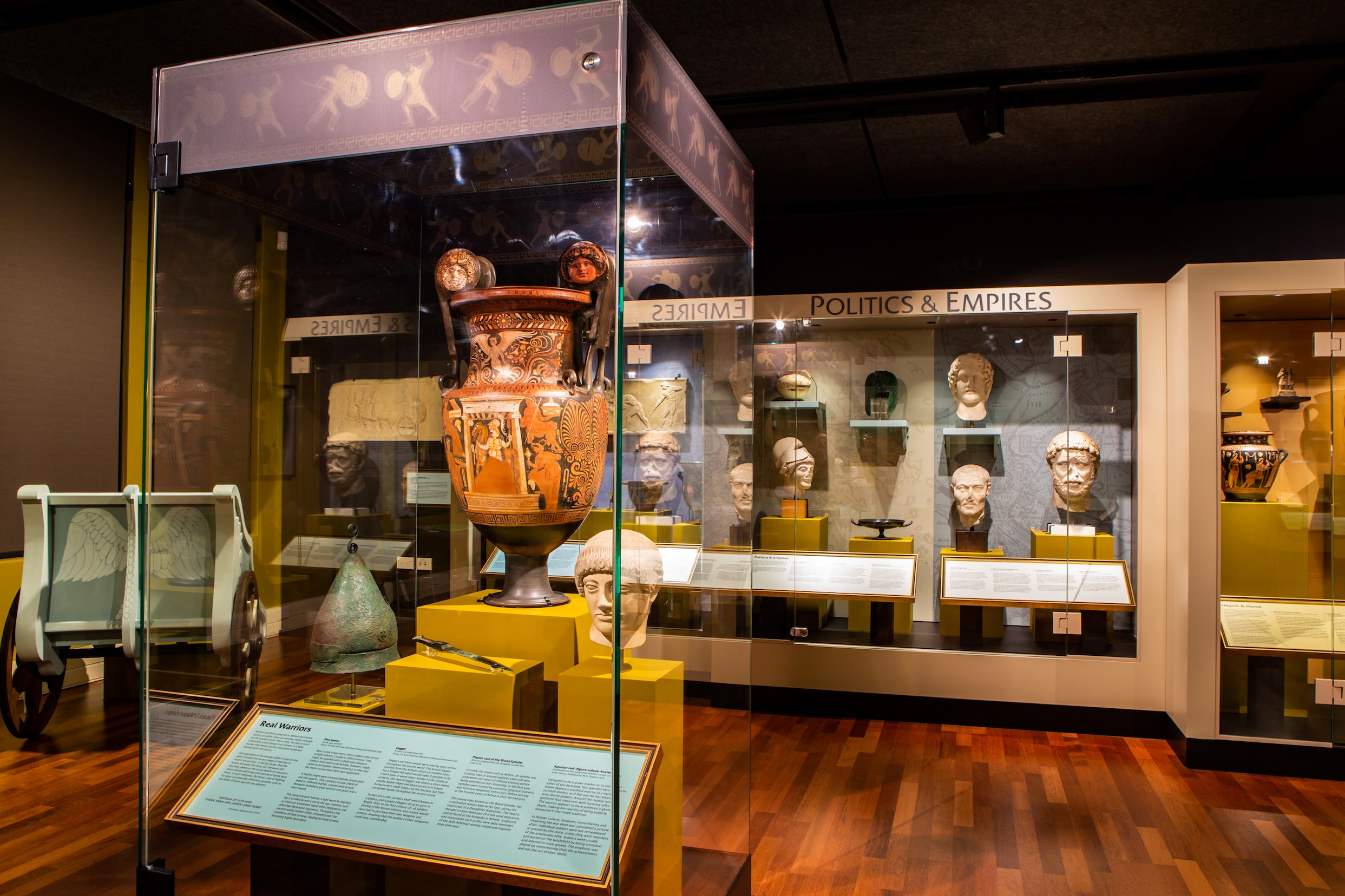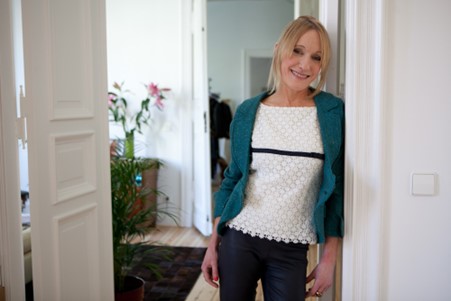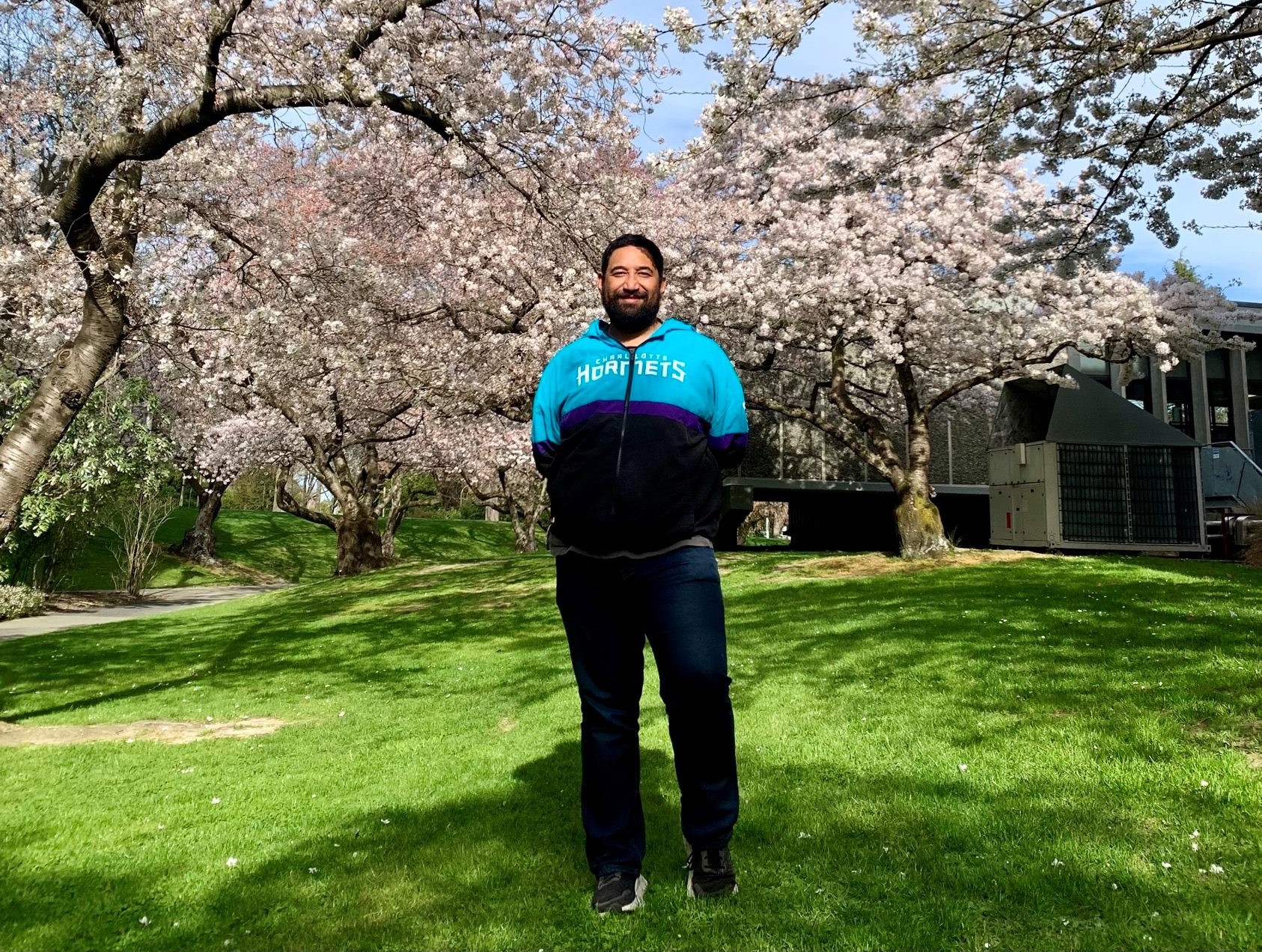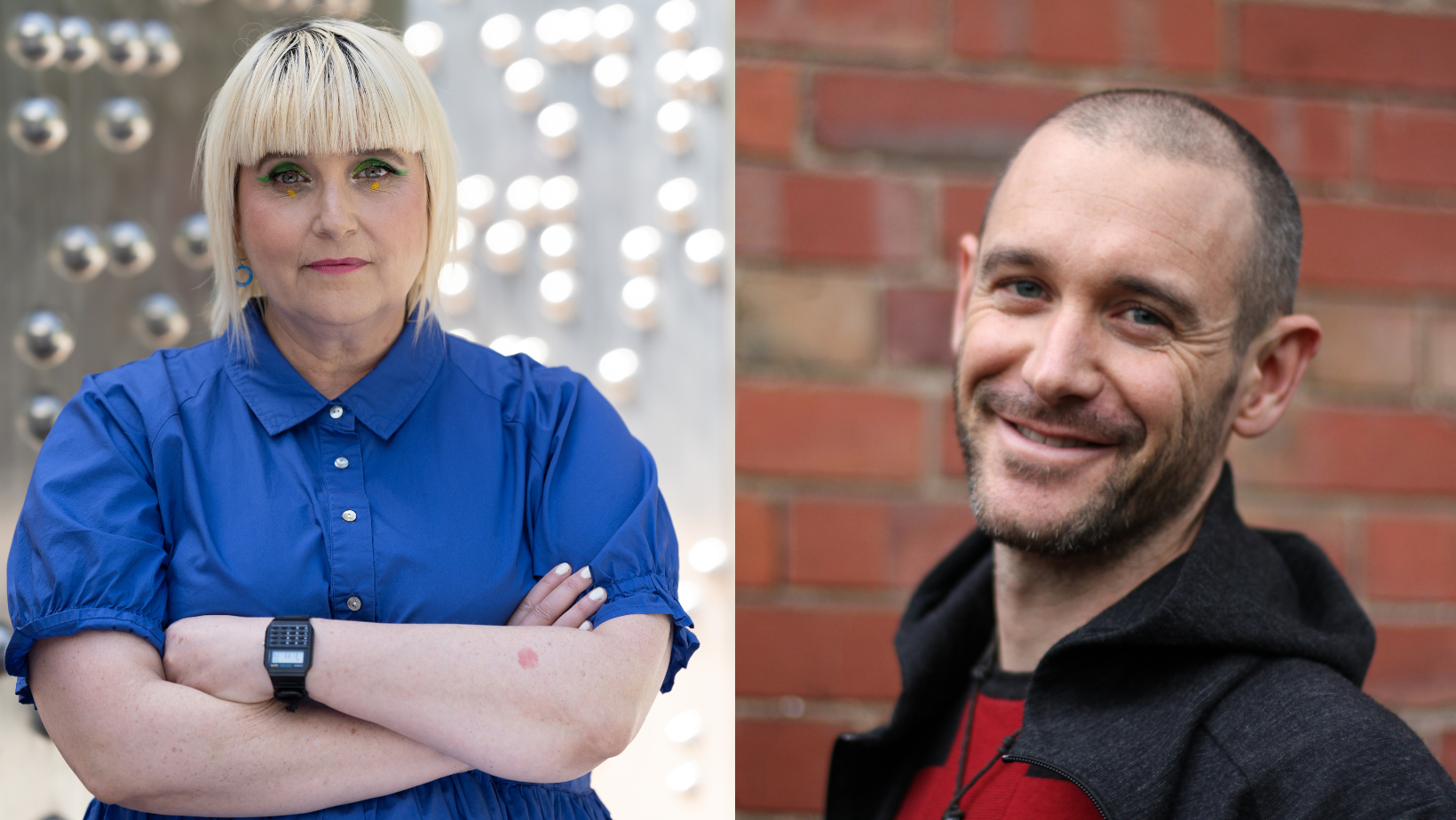They showed everyday sexism and religious fundamentalism metastasising into a full-blown political movement.
This found particular resonance with Donald Trump’s ascendancy, the erosion of reproductive rights in the US, and the emergence of the alt-right.
But the audience has also always been complicit in this violence. The series’ much-celebrated beauty is a trap.
The painterly, geometrical aesthetic of totalitarian Gilead combines claustrophobia with an uncomfortable appreciation for the sleek aesthetics of fascism.
This allure has been a strength of the series, and its core tension. How can something so awful be so pretty?
But watching season four, I now find myself asking: to what extent are we meant to be enjoying all this atrocity?
Bureaucracy and ghoulish violence
Season four picks up where we left off: in crisis. More than 80 children have been smuggled out of Gilead by renegade Handmaid June (Elisabeth Moss) and the guerrilla organisation Mayday, and war looms.
In Canada, the imprisoned Waterfords are trapped within a chiaroscuro film noir, with chain-smoking Serena (Yvonne Strahovski) playing the part of the elegant femme fatale who’s been caught out in the final act.
Gilead refugees and their supporters seem stuck in a bleak legal drama: battling bureaucracy, compassion fatigue and PTSD.
These storylines struggle to achieve the momentum of the action we are shown back in Gilead, where we dance between two modes of horror.
The first is the rape-revenge genre, whose somewhat tawdry pedigree has been increasingly appropriated by female filmmakers to interrogate trauma, power and agency.
In episode one, “Pigs”, June and the other escaped Handmaids find respite at a farm overseen by a 14-year-old wife, the unpredictable Mrs Keyes (Mckenna Grace), who dreams of retribution against her many abusers.
The show is more didactic now than in earlier seasons. It explicitly discusses rape, but it also takes an almost ghoulish interest in disclosures of victimisation.
June and Mrs Keyes develop a fractious mother/daughter relationship. “Good girl — make me proud” whispers June, before Mrs Keyes butchers a Guardian — one of her abusers — like one of the farm’s pigs.
The Handmaids look on, their faces bright with ferocious hunger. The girl, her teal dress coat blackened with blood, then joins June for a cuddle in bed to one of the show’s many on-the-nose musical cues: “(You Make Me Feel Like) A Natural Woman”.
In Canada, ex-Martha Rita (Amanda Brugel) speaks at a fundraising event: “Gilead has a way of bringing out the worst in people, but in June it brought out the best”.
The irony is weighty.
Again, we must ask how and when violence is justified — but also when we, the increasingly numb audience, might be encouraged to get the popcorn out and enjoy it.
But we know this period of relative freedom can’t last. After inspiring another satisfying terrorist act, June is recaptured.
A world without God
The opening of season four also draws from the aesthetics of so-called “torture porn”, a contentious sub-genre of horror that became prominent in the 2000s, particularly in the wake of 9/11. These films combined extreme violence, nihilism and a sensationalist love for the grotesque.
Earlier seasons, although shocking, toyed with the balance between violence and restraint. Now, it’s all gritty cinematography, screams and clanking chains.
There are mules and stainless steel benches, red-lit concrete corridors, cheery torturers, and punishments so baroque they almost stray into parody.
Aunt Lydia (Ann Dowd) has become a mad-eyed harpy torn between punitive action and finishing her needlework.
There is no God in Gilead, just power-hungry monsters.
In these sequences, the series is in danger of collapsing under the weight of its own excess. Mid-interrogation, June is “treated” to a meal with turncoat ally Commander Lawrence (Bradley Whitford). They sit at a lavish candlelit table while a Chopin nocturne plays in the background.
It’s like a scene out of Hannibal, but without the irony.
Later, as she is washed down with hoses, the camera lingers on her naked, injured back. We are forced, once more, to look at — to relish in — this degradation.
Bonds of shared trauma
The Handmaid’s Tale remains suspenseful, beautifully shot and impeccably acted, but it’s a frustrating watch. Escalating narrative stakes have produced increasingly graphic violence. Yes, Gilead is horrific, but the show’s approach to violence is so gleeful in parts it can feel exploitative.
The show is also trapped in an intensifying hurt/comfort cycle. Despite the horrors and injuries she has experienced, June is effectively invincible. She fights, doubts herself, rallies, is viciously punished, then starts over.
Over the seasons she has become a cipher, pulled between wrathful freedom fighter, devoted mother and traumatised victim so much that her characterisation and motives have become muddy.
But episode three, “The Crossing”, concludes with a series of unexpected transitions that might help break this Groundhog Day-like narrative cycle and allow for a less indulgent focus as season four develops.
A heartfelt flashback to the Handmaids’ “training” revisits the bonds formed by shared trauma. Their arms cross the gaps between their cots, hands clasped in solidarity above the Gilead seals on the floor. It’s a reminder of the humanity of the women at the centre of the story, and the way sisterhood can offer solace and redemption.
The episode’s punishing conclusion, although devastating, offers real hope for June, Mayday and the fall of Gilead — but also for the development of a show that can’t always decide if it is critiquing violence against women, or luxuriating in it.
This article was originally published on The Conversation.







.png)



